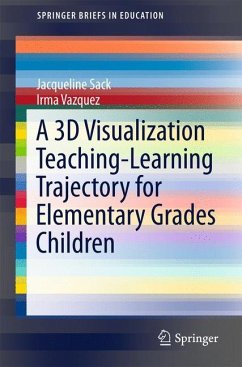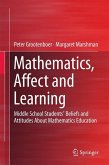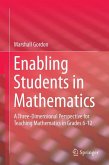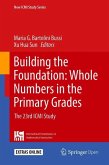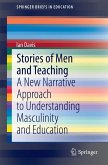This monograph describes the development and use of a 3D visualization teaching-learning trajectory for elementary age learners. Using design research principles, the authors developed this trajectory using the NCTM recommendations and the Spatial Operational Capacity (SOC) theoretical framework to guide lesson development. The SOC framework utilizes actual 3D models, 2D and abstract representations of the actual models, and, a dynamic computer interface, the Geocadabra Construction Box, which integrates these representations dynamically in real time. The work begins with describing the theoretical SOC frameworks that guided the study, the inquiry-based learning focus, the research method used, and informal pre-program interviews with participant children. The next chapter describes introductory activities used to orient the children to the 3D objects that they used throughout the program. The book then focuses on the development of abstract top-view numeric plan representations leading to representations of rectangular prisms, followed by front-side-top view representations. The last chapter shows how numeracy was integrated into the program to support the demanding official mathematics curriculum.
Hinweis: Dieser Artikel kann nur an eine deutsche Lieferadresse ausgeliefert werden.
Hinweis: Dieser Artikel kann nur an eine deutsche Lieferadresse ausgeliefert werden.

